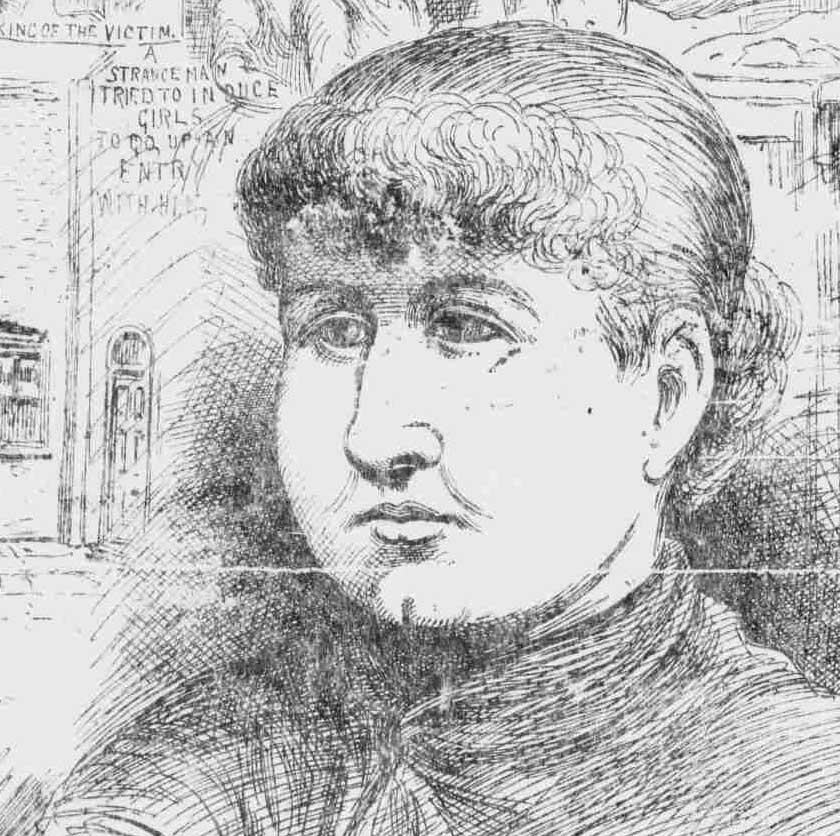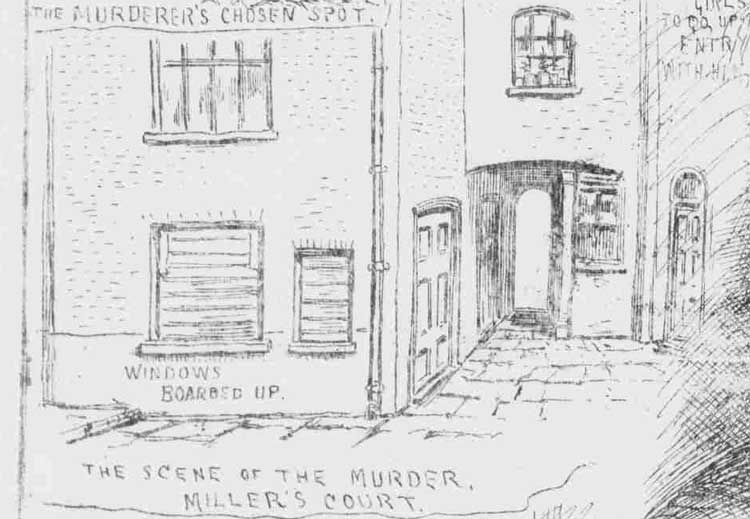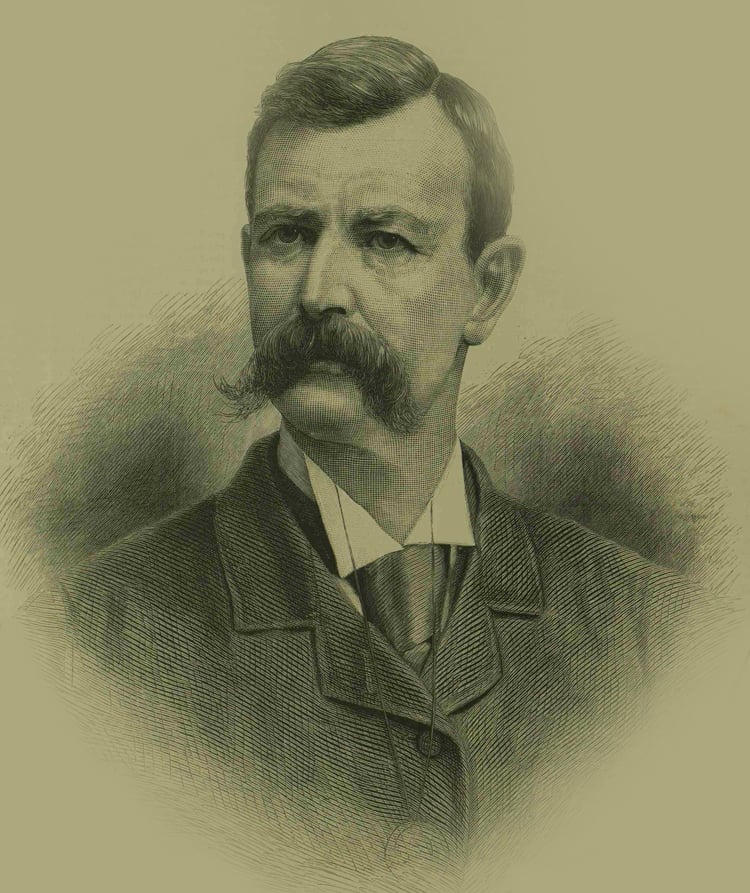In the wake of the murder of Mary Kelly, which took place on the 9th of November, 1888, all manner of rumours were circulating in the newspapers about this latest victims final hours.
The police were, evidently, no closer to catching Jack the Ripper than they had been when the murders had begun in August 1888.
One initiative that was sanctioned by both the Home Secretary, Henry Matthews, and Sir Charles Warren, the Metropolitan Police Commissioner, was to offer a pardon to any accomplice of the Whitechapel murderer who would come forward and give any information that might help the police bring the killer to justice.
However, several newspapers were not convinced that this would be of any benefit in helping catch the murderer, since – as was pointed out in the following article, which appeared in The Western Times on Monday the 12th of November, 1888 – the general consensus was that the perpetrator was acting alone, and, therefore, had no accomplice who might be encouraged to inform on him!
The article also repeats a rumour that was circulating in many newspapers in the aftermath of Mary Kelly’s murder that she had had a young boy living with her whom she had sent out of the room when a client, who it was being presumed had been her killer, had arrived at her room on the night of the murder.
Quite where this, completely fabricated, story came from is uncertain, but it was repeated in many newspapers over the weekend of the 10th to the 12th of November, 1888.
The article read:-
THE MURDER OF MARY KELLY
“The Whitechapel murderer has slain his seventh victim, and has escaped.
The police, who have had all their faculties sharpened by this unparalleled series of atrocious crimes, are absolutely powerless to prevent them.
They know well enough, from the similarity of the barbarous deeds done on the unfortunate victims, that they are the work of one hand, but all energy and ingenuity have failed to detect a clue to the habits or movements of the monster.

NO ACCOMPLICE
The Government have now taken the step of offering a free pardon to any accomplice in the crime, not the actual murderer, who will give information leading to his detection.
But it seems to be the feeble step of despairing officialism.
The public, as well as the police, are sure, from the circumstances attending the murders, that the fiendish assassin had no accomplice in the acts.
The circumstances have in every case ensured seclusion of the murderer and his victim.
THE NATURE OF THEIR TRADE
The first six crimes were committed out of doors, but in retired places, in which the wretched women, from the nature of their ghastly trade, placed themselves beyond ordinary observation in the hands of the ghoul who was famishing for their blood.
This last frightful outrage was committed in the safer privacy of the room of poor abandoned Mary Jane Kelly, where she secured the traitor his opportunity by sending away the boy who had been living there with her.
DIFFERING STORIES OF THE MURDER
Whether he was with the young woman for a long or short time is not certain, for the stories of the excited neighbours differ widely.
According to one account, the man went to Kelly’s room late on Thursday night.
According to another, a woman saw Kelly alive near her house and talked with her at half-past eight on Friday morning, and sometime after saw her again talking with a man.
This, if true, would narrow the time within which the murder was committed to a very short span indeed.

THE WORK OF ONE MAN
The doctors who have made a post mortem examination, appear to think that the evidence would point to the woman having been killed in her sleep or while in a somnolent state from drink.
But, whatever theory may be adopted, the unavoidable conclusion is that the crime is the work of one man, who is not likely to confide his guilt to another.
What the Government, therefore, expect to gain by an offer of pardon to an accomplice is not very clear.
THE POLICE AT FAULT
It seems to prove that the police feel themselves entirely at fault in their efforts to trace these horrible murders.
The notice may serve the purpose of appearing to do something, and of appeasing popular anger which is vented – we cannot think very reasonably – on Sir Charles Warren, Mr. Matthews, and the police, for the ineffectual efforts of the detectives to protect London from this recurrent bloodshed.

A TERRIBLE FATE
The victim in this case is an Irishwoman, who, having lost her husband in a colliery accident, had fallen into evil ways, and has been overtaken by a terrible fate.
The life of outcasts of her class is full of the gall of bitterness.
They are of necessity constantly exposed to the outrage of the most brutal men.
THE LIFTING OF THE CURTAIN
The lifting of the curtain upon the dark places of London displays the hideousness of the vice which they pursue and its peril.
Let not all the horror it inspires be concentrated on the wretched women who haunt not only Whitechapel but all large towns.
The responsibility does not all rest on the destitute creatures who plunge into the pool of sin.
Society shares it, and if these gory slaughterings of hetairas [a courtesan or mistress, especially an educated one in ancient Greece] should excite compassion for their awful lot, and rouse the public conscience to find some check for the rampant growth of the social evil, they may yet be made to serve a higher purpose than the gratification of a fiendish nature, or an unappeasable lust for blood.”
